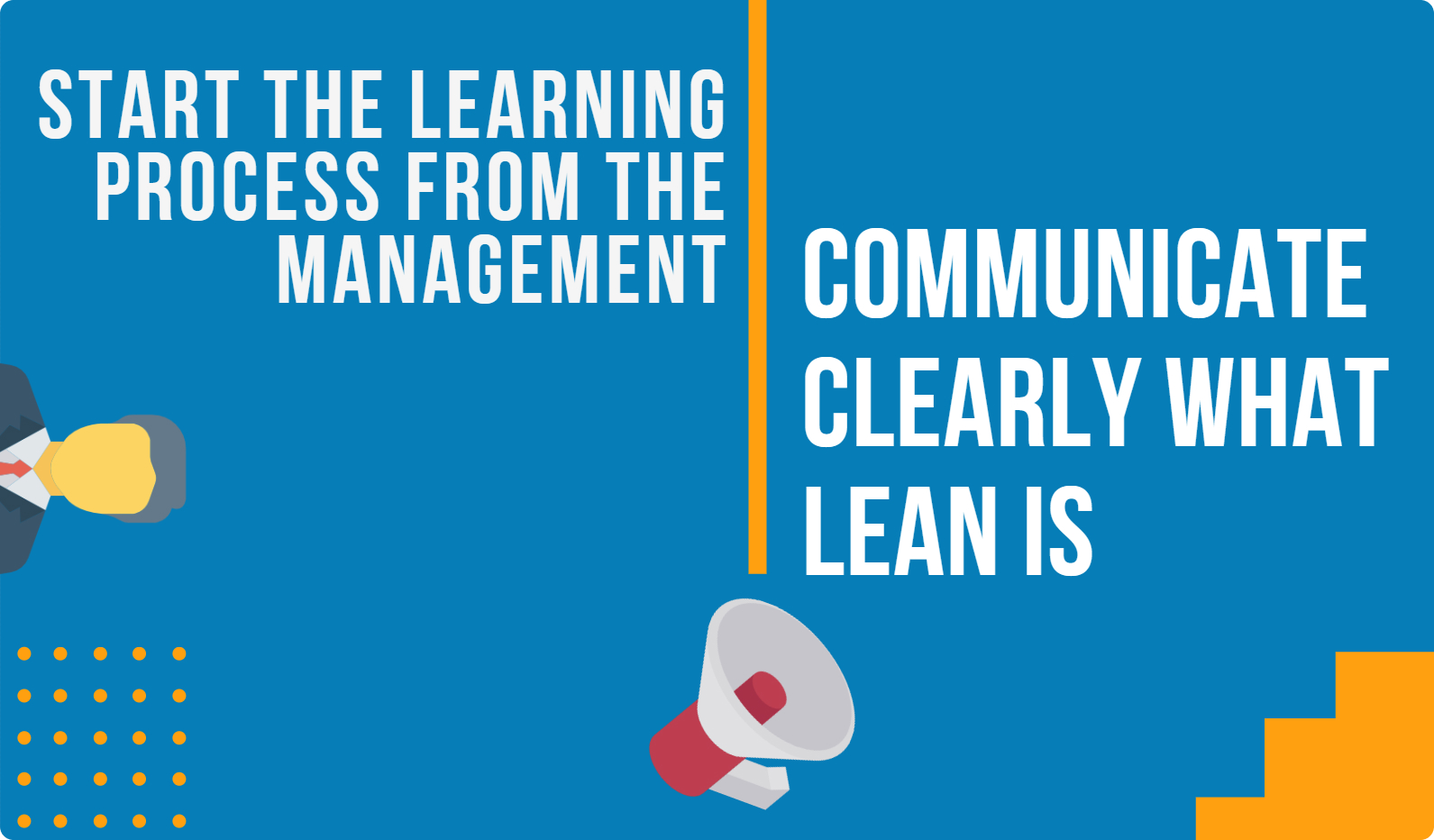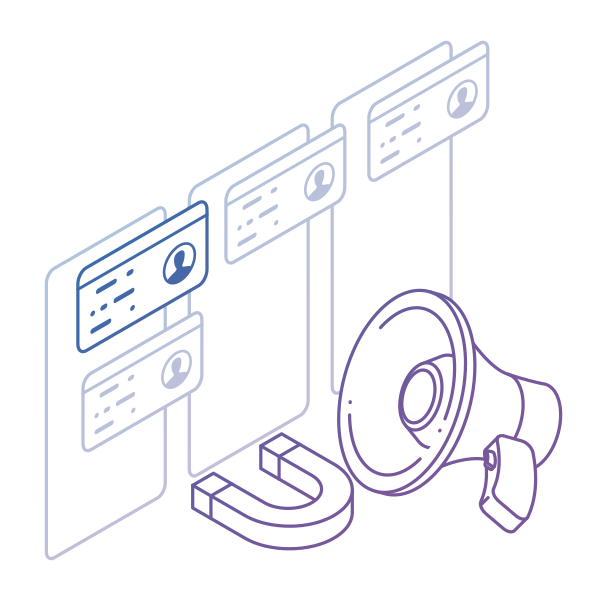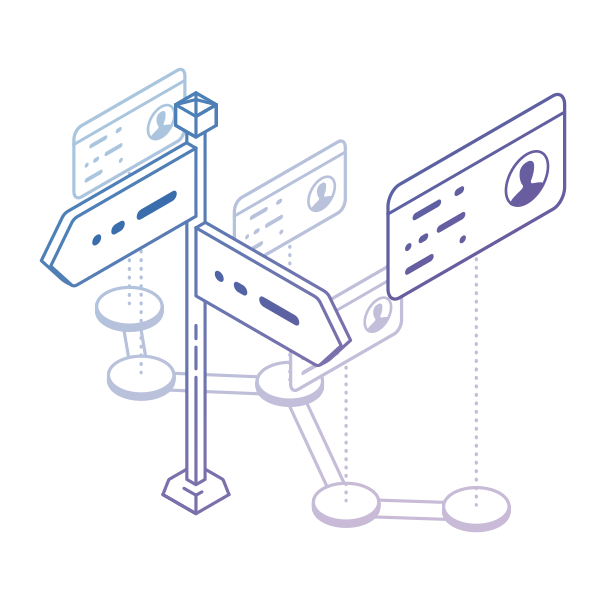When discussing Lean, some of the first things that come to mind are customer value and waste removal. Although critical, both are consequences of the much bigger and continuous process of Lean transformation. This might sound like a nuance to some, but making a distinction is actually pretty important.
If we think about Lean only from the perspective of reducing waste, then it’s easy to confuse a Lean initiative with cost-cutting or budget reduction. It’s a shame, but many companies actually mean exactly this when they claim to be going Lean. This is plain wrong and far from what the real intentions should be.
In the paragraphs below, you will learn about the essential elements of Lean transformation and how important it is.
What Is Lean Transformation?
Lean transformation is a systematic approach to process improvement used to solve organizational or team-level challenges by introducing changes. The Lean transformation process aims to maximize the flow of value delivery by shifting away from traditional business practices. As a result of the process, wasteful activities are identified, removed, or optimized. This comes contrary to the popular belief that Lean is all about eliminating waste.
Lean transformations are situational and highly dependent on the industry and issues that need to be addressed. It can be applied within a single team or department and scaled across the enterprise.
Why Lean Transformation Matters?
Lean transformation enables companies to adapt to newly emergent trends, staying agile and resilient to changes. It allows to develop a sustainable value-oriented culture while focusing on the customer’s needs and expectations and promotes continuous improvement thinking.
As such, it becomes increasingly more important for businesses to respond adequately to raising customer experience or digital-first expectations, which makes organizational agility a critical characteristic of successful companies.
Lean transformation’s approach can be used to implement strategic or operational improvements such as addressing work processes or team productivity problems. It’s a universal method that can be applied repeatedly to tackle a wide range of weak links in a system.
What Are the 5 Focus Areas of a Lean Transformation Process?
Whether you plan to implement the Lean management principles within your team, a single department, or across the company, every Lean transformational model has 5 focus areas. To navigate through the process, you can ask specific questions at each stage.
1. Situational Approach: The goal at the beginning is to ensure everyone is aligned around the common goals of the transformation. The questions to ask include: What is the purpose of the change? What problem are we trying to solve?
It must be obvious to the management and clear to the staff why you are starting the Lean transformation. As the initiator, you need to have solid support at all levels of your organization, or you risk reverting to the "old ways" quickly. Make it transparent what problems you are trying to solve with Lean and validate your pain with the C suite to ensure they’ve got your back.
2. Process Improvement: Asses the processes that need to be optimized and provide a list of improvements. Answering "How are we improving the actual work?" can help you to communicate clearly what is expected to happen during and after the Lean transformation is crucial to avoid mass resistance.
3. Capability Development: Answering the question "How are we building capability?" will help you understand the strengths and weaknesses of your team and make skillset development a strategic priority. You need to pay special attention to training managers and regular team members alike in the practices of Lean. You can’t expect anything to change unless your people adopt a new mentality and transform how they work.
4. Responsible Leadership: What leadership behaviors and management systems are needed? Responsible Lean leaders support team members in becoming more independent and self-organized while promoting continuous learning and improvement. Embracing a culture of shared leadership allows team members to embrace their own leadership potential, and giving them the liberty to make decisions to some extent without explicitly asking a supervisor for permission is crucial to make the transformation successful.
5. Basic Thinking, Mindset, Assumptions: To understand what mindset is required to successfully implement Lean into your organization, assessing the existing organizational culture and thinking is important, so you can identify the lacking values and changes you need to implement. A Lean transformation will require you to evolve your company’s culture to become aligned with what Lean stands for.

How Is Lean Transformation Implemented?
Understanding the Lean transformation model is just the first step on the way toward transforming your organization. As the process takes time, you should prepare a map for the journey ahead.
There are 8 typical stages of a Lean transformation roadmap:
1. Evaluation: Evaluate the real underlying problems and identify potential solutions. At this stage, you need to choose wisely whether to start small and spread Lean in time or go with a bang and begin your transformation with large-scale major changes.
2. Initiation: Get the C-suite on board with the transformation and secure funding for the necessary training and tools.
3. Training and tooling: Invest in training for the management staff. This may require finding a consultant to provide practical know-how about the tools you need and coach you in implementing Lean.
4. Flow across a single service: A service in the context of a business organization is a function that receives a certain input, manipulates it, and produces a particular output. Visualizing the steps required to produce the output is vital for getting the most out of Lean. During this stage of your roadmap, you should introduce the concept of value stream mapping, where your team's processes are visualized to get started with continuous improvement.
5. Analysis and optimization: Analyze your workflow to find more room for improvement. At this stage of the Lean transformation, you should establish unified key performance indicators for your process and get the whole company on board with them.
6. Flow across multiple connected services: Expand value stream mapping across the whole company from product management to direct value delivery to your customer.
7. Establishing governing methods: When you’ve got a complete value stream in place, you will need a unified way to manage it. Methods such as Portfolio Kanban can be invaluable at this stage as they will make every process in the company transparent across the hierarchy.
8. Continuously improving processes and services: Finally, adopt continuous improvement as part of your company culture. Every person needs to take it to heart and constantly look for ways to improve both the process and their competencies.
Lean Transformation Frequently Asked Questions (FAQ)
What Is Lean Management?
Lean management is a universal management tool for delivering value and optimizing workflows that originate from Lean manufacturing. The concept has three focus areas: delivering customer value, eliminating waste, and continuous improvement.
What Is Lean Transformation?
The Lean transformation is a situational approach to process improvement for solving organization- or team-level problems. Lean transformation aims to maximize the flow of value and develop value-oriented thinking throughout the organization.
How Long Does Lean Transformation Take?
Adhering to the Lean philosophy is a long-term initiative and can take up to a few months to design improvements and initiate the process. Furthermore, the goal to maximize customer value delivery requires a strategic commitment to continuous improvement and learning, so in that sense, you shouldn’t perceive Lean transformation as a time-boxed initiative.
What Are the 5 Rules of Lean?
The five essential elements of a Lean system include:
- Identifying the value you want to deliver
- Mapping the entire value stream
- Creating a smooth workflow where roadblocks are easily detected
- Establishing a pull system where resource capacity is optimized, and work is pulled only when there’s a demand
- Developing a vibrant culture for continuous learning and improvement.
What Are Lean Techniques?
Various Lean techniques originated from the manufacturing domain and have gained popularity in knowledge work, including value stream mapping, Plan-Do-Check-Act (PDCA), 5 Whys analysis, and Gemba walks.
We offer the most flexible software platform
for outcome-driven enterprise agility.
Related Articles






